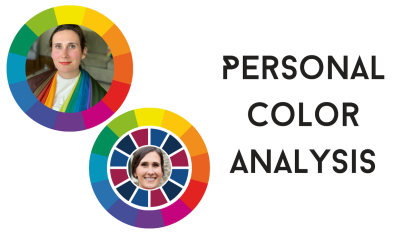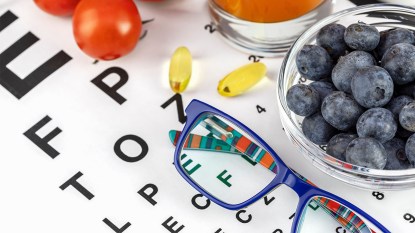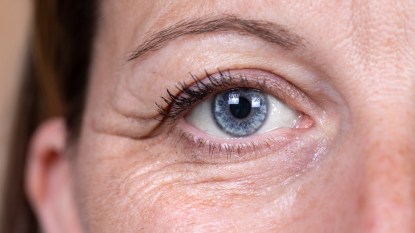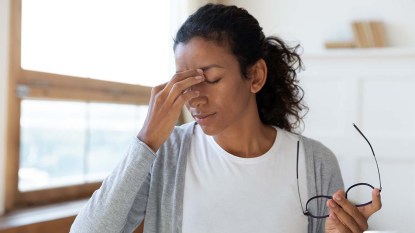Is Your Blurry Vision Normal Aging or Something More? Eye Docs Reveal How to Tell the Difference
Find out how simply holding the door for someone helps keep your sight sharp for years to come
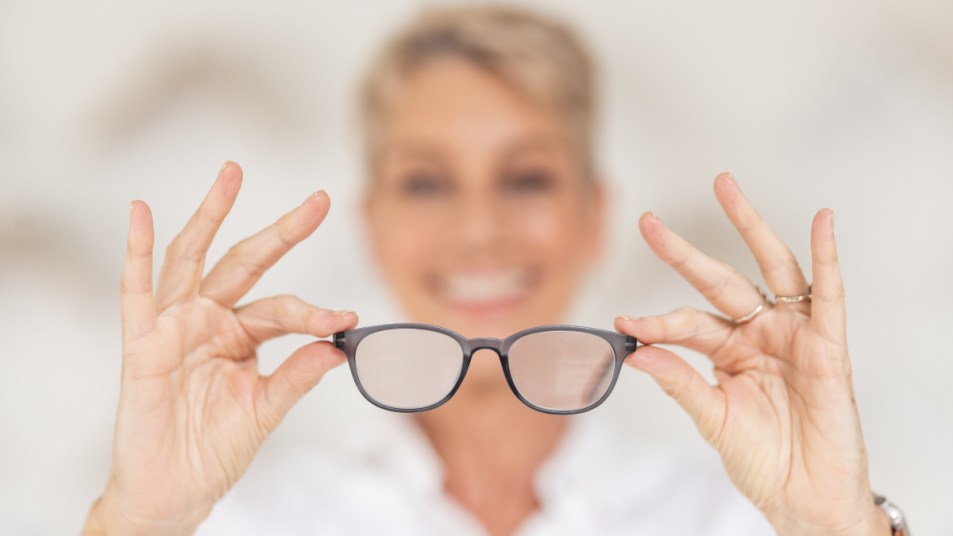
You might know that cataracts and glaucoma are two eye problems that become more common as we get older. But when it comes to glaucoma vs. cataracts, how exactly are they different, and what can you do to reduce your risk?
While cataracts often develop naturally with age, glaucoma is an eye disease that’s more likely to strike older adults with certain risk factors, explains Roselyn Ahua, OD, FAAO, a Charlotte, NC-based optometrist and a examiner for the National Board of Examiners in Optometry.
In either case, you needn’t be a passive bystander. A few simple steps can safeguard your eyes and help keep your vision sharp, starting with understanding the difference between glaucoma v.s cataracts and getting to know your risk factors.
Glaucoma vs. cataracts: What’s the difference?
Glaucoma and cataracts are both problems that can affect your vision and become more common as you get older. But beyond that, the two conditions are very different.
“Cataracts are a common part of aging,” notes Catherine Heyman, MD, FAAO, Founding Dean of High Point University School of Optometry in High Point, NC. “Most everyone that gets to be 80 has gotten a cataract. Glaucoma is much less common.”
Cataracts are a natural, age-related condition that occur when the lens in the front of the eye becomes cloudy. They don’t cause symptoms early on, but “over time, a person starts to feel like they’re looking through a cloudy or dirty window,” explains Dr. Heyman. You might also notice blurriness, trouble seeing at night, double vision or lights that seem too bright or have a halo around them.
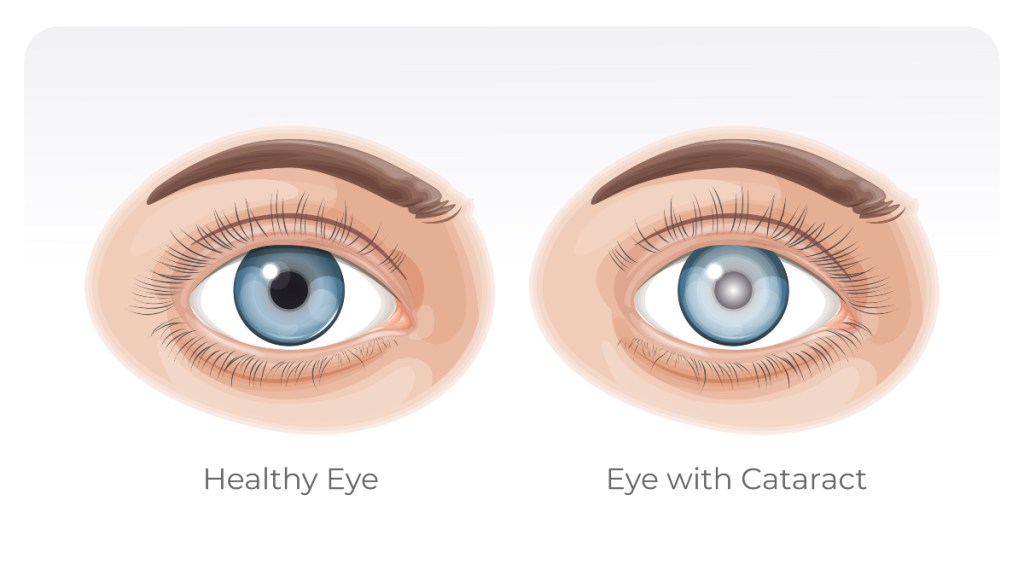
In terms of glaucoma vs. cataracts, glaucoma is an eye disease caused by damage to the optic nerve, the nerve that transmits visual information from your eyes to your brain. Like cataracts, glaucoma may not cause symptoms at first. But it can slowly result in a loss of peripheral vision, making it harder to see things in your side view. If left untreated, it may eventually lead to blindness.
Related: Eye Docs’ Top Tips to Get Rid of a Stye Fast — Plus the One Thing You Should Never Do
The top causes of glaucoma vs. cataracts
The risk for eye problems goes up once you reach your 50s and 60s. In fact, around 40% of women have cataracts by age 70. But when it comes to what causes glaucoma vs. cataracts, the two have slightly different triggers that can raise your risk of vision trouble.
Cataract risk factors
Starting in your 40s, age-related wear and tear causes the proteins of lens to be altered and fiber cells to becomes damaged, setting the stage for cataracts, explains Dr. Ahua. Over the course of years or decades, that can lead to changes in vision like the ones mentioned above. Sun exposure, smoking, uncontrolled high blood sugar and eye injuries can factor in, too.
Related: Doctors Reveal the Snack That Cuts Your Risk of Vision-Clouding Cataracts in Half
Glaucoma risk factors
Glaucoma isn’t a normal age-related process — only around 2% of US women have it. It often happens when pressure builds up in the eye. “Uncontrolled high blood sugar or high blood pressure, which can damage the small vessels in your eyes, may also be risk factors for glaucoma,” Dr. Ahua adds. This compresses and damages the optic nerve, making it harder to for the nerve to transmit information from the eye to the brain. “It’s like a garden hose that’s being squeezed or bent and less water comes through,” Dr. Heyman explains.
Getting older makes you more prone to abnormal eye pressure that can lead to glaucoma. So does uncontrolled high blood sugar or high blood pressure, which can damage the small vessels in your eyes, Dr. Ahua says. (Click through for blood pressure hacks that lower your readings naturally.)
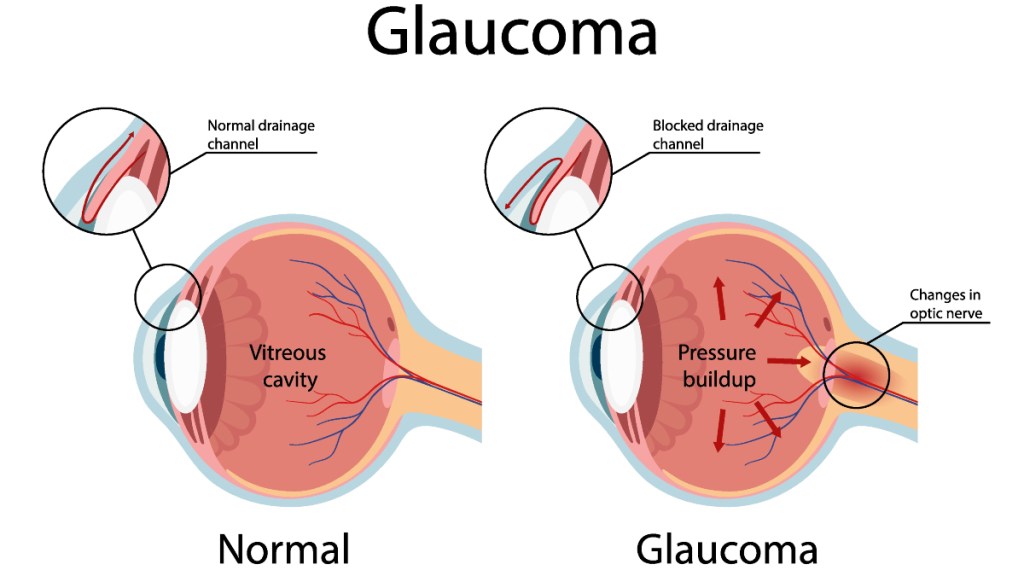
Is glaucoma hereditary?
If you have a parent or sibling with the condition, you might wonder, is glaucoma hereditary? Turns out, it can be. If a first-degree relative has glaucoma, you’re up to 9 times more likely to develop it yourself, a review in the Journal of Optometry suggests.
5 ways to keep your sight sharp
While you can’t slow the sands of time or change your family history (wouldn’t that be nice!), there are still simple steps you can take to put the odds for good eye health in your favor. Here, our experts reveal their best tips to keep your sight sharp.
1. Book a checkup at this time
Annual eye exams are the #1 way to catch cataracts and glaucoma early, before they start to affect your vision, stress both Dr. Heyman and Dr. Ahua. For instance, regular glaucoma screenings could reduce your risk for the condition by up to 33%, estimates one Mount Sinai Hospital study.
So skip the hassle of remembering to schedule an appointment by booking next year’s visit before you leave the eye doctor’s office — and mark it on your calendar. (If you don’t have an appointment on the books, call your doctor to set one up now!)
“Both cataracts and glaucoma happen so slow,” Dr. Heyman says. “It’s not like one day you’re great and the next day there’s a significant change, so a lot of people simply aren’t aware. Unless you’re receiving an annual eye exam, these things can go undetected for years.” And by the time you notice symptoms, the problem might require surgery to fix (for cataracts) or potentially be irreversible (for glaucoma).
Need a hand staying on top of upcoming appointments? Try a free app like Medical Reminder (for Android) or Go Appointment Reminders (for Apple). (Click through to learn doctor’s best tips for healing a swollen eyelid, too.)
2. Slip on shades
Exposure to the sun’s UV rays can hasten damage to your eyes’ lenses and raise the risk for cataracts. But you can protect your eyes from up to 95% of the sun’s damaging UV rays just by slipping on a pair of sunglasses and a wide-brimmed hat when you head outside (even if it’s cloudy). Dr. Heyman recommends looking for sunglasses that block 100% of the sun’s UV rays for maximum protection. One to try: FIMILU UV400 Sunglasses (Buy from Amazon, $21.99 for two).

3. Sip a green smoothie
“It’s helpful to eat a diet rich in fruits and vegetables, since overall health definitely helps with eye health,” Dr. Heyman says. Case in point: People who eat 6.5 or more servings of vegetables each day are less likely to get cataracts than those who only get 2 daily servings, according to a study in the journal Eye. (Tip: Click through to learn how to roll cut vegetables to make meal prep a cinch.)
If that sounds like a tall order, sipping a smoothie is a tasty way to help you reach your goal. Try starting with vitamin C-rich fruits like strawberries, kiwi or orange juice. Getting your fill of C may help cut your cataract risk in half, suggests a study in International Ophthalmology. Then add a handful of leafy greens like baby spinach or kale, too. They’re packed with lutein and zeaxanthin, antioxidants that can reduce your risk of eye problems like cataracts, according to research in the American Journal of Clinical Nutrition.
4. Dance during commercials
Get in the habit of moving and shaking for a few minutes when your favorite show cuts to a break. People who spend much of the day standing or walking instead of sitting have a 58% lower risk of glaucoma, found a University of California Los Angeles study. “Regular movement helps maintain good blood sugar, which is important for reducing risk of damage to your optic nerve,” says Dr. Ahua. She encourages patients to get at least 20 to 30 minutes of physical activity daily. (Click through to discover more ways to improve your vision in as little as 7 days.)

5. Hold the door for someone
Sounds simple, but a small act of kindness when you’re feeling anxious can help keep your sight sharp. “Secondary effects of stress can affect your eyes,” Dr. Ahua explains. But just doing a little something nice for someone else ushers in vision-protecting calm. In fact, it’s an instant stress buster proven to bring down blood pressure, according to a University of California Los Angeles study. That’s important, since research in BMJ Open Ophthalmology shows that having high BP makes you nearly 1.7 times more likely to develop glaucoma.
Related: Try Loving-Kindness Meditation To Increase Compassion, Positivity, and Self-Love
When to see your doctor
Healthy habits and home remedies can help keep your eyes in good shape. But you should let your eye doctor know if you’re having trouble seeing clearly. “Any sudden changes in vision, trouble seeing peripherally or cloudiness, those are things to pay attention to,” Dr. Ahua says. You should also seek medical attention if you’re having eye pain or sudden headaches. This can occasionally happen with some types of glaucoma.
Depending on the underlying cause, your eye doctor can recommend treatments that can help you see better, such as cataract surgery. “We can remove the cloudy lens and replace it with an artificial lens that can help you see more clearly,” explains Dr. Ahua.
Unfortunately, vision changes caused by glaucoma can’t be reversed. But “we can manage the condition to halt or slow the progression of further damage,” with eye drops, laser treatments, or surgery, says Dr. Ahua.
For more ways to keep your sight sharp:
Blurry Vision? Top Doc Reveals When It’s Cause for Concern — And How To Keep Your Sight Sharp
Eye Doc: Look *Here* While You Drive + 8 More Genius Tips to Improve Night Vision Behind The Wheel
Doctors Reveal the Snack That Cuts Your Risk of Vision-Clouding Cataracts in Half
This content is not a substitute for professional medical advice or diagnosis. Always consult your physician before pursuing any treatment plan.




